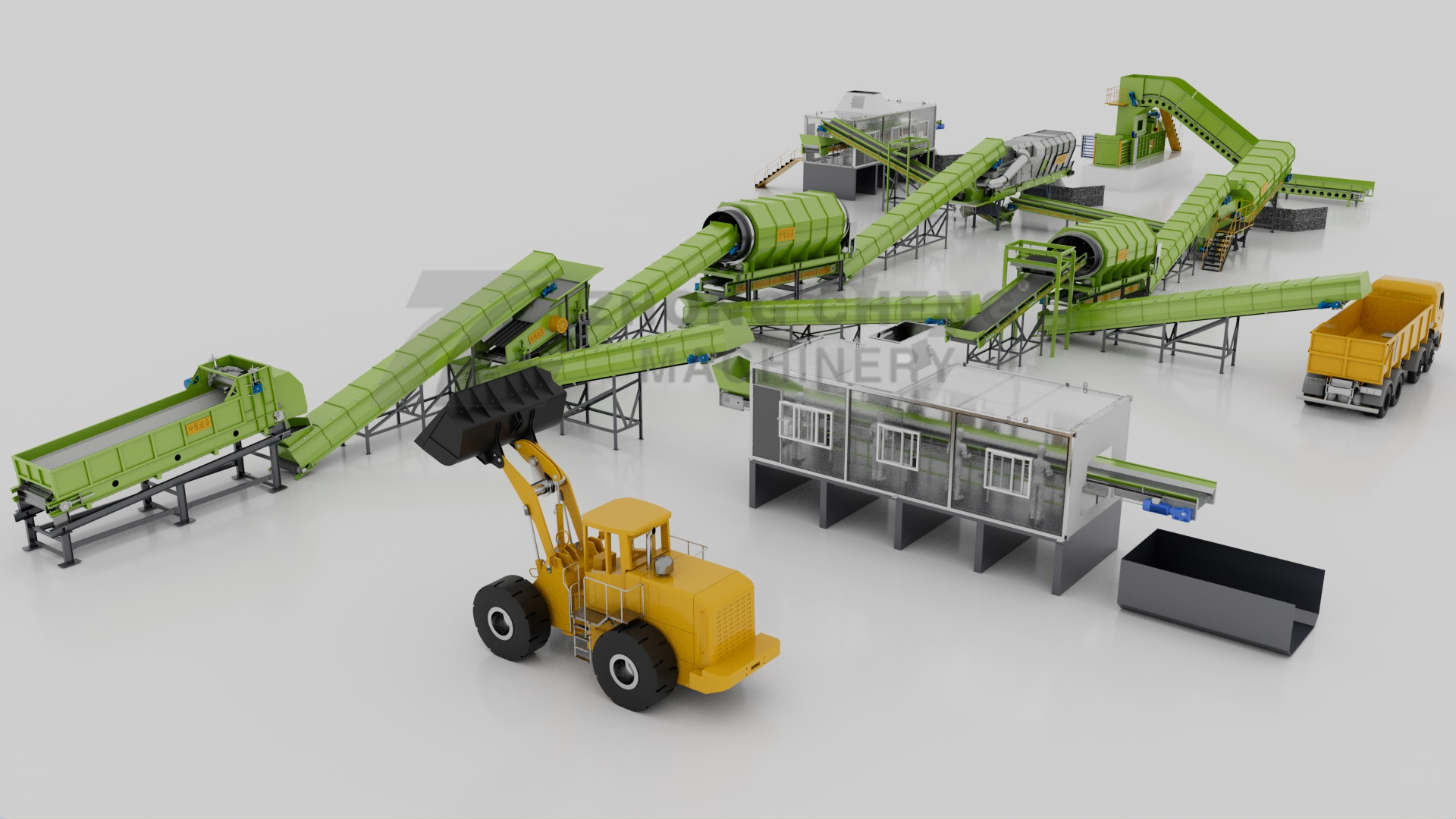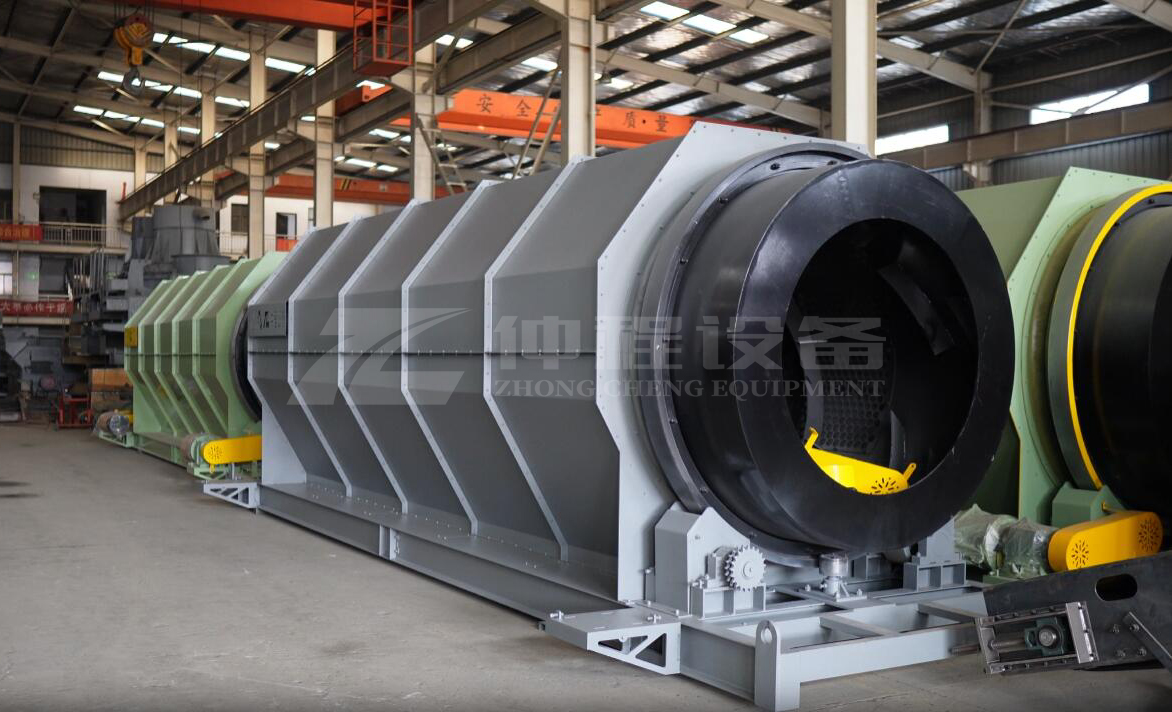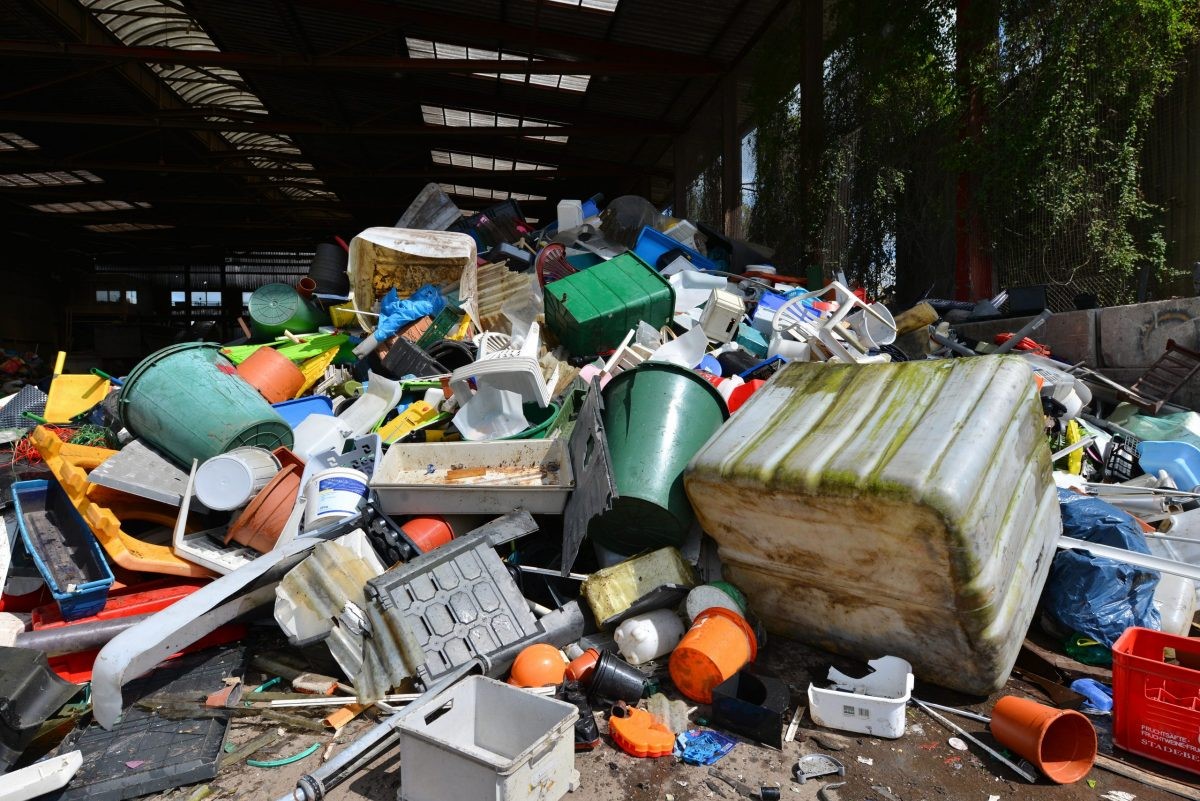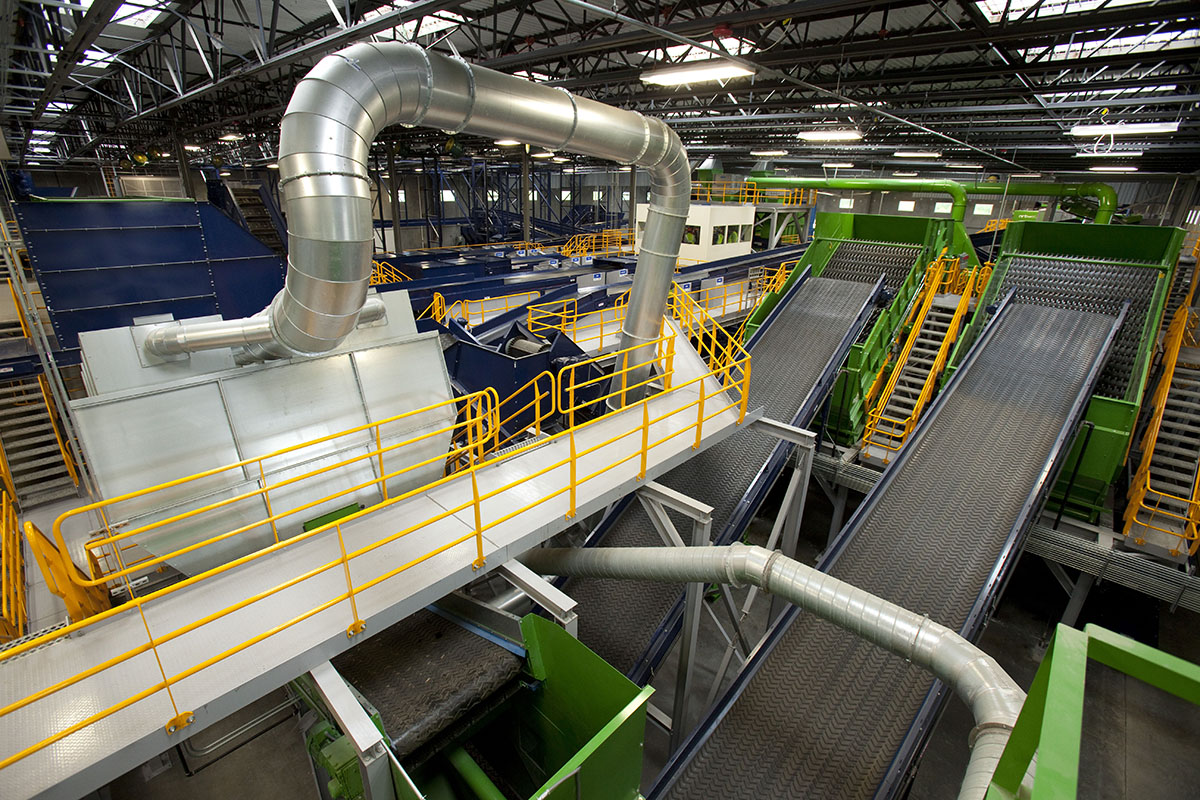The Current State and Future Prospects of Recycling Classification Centers
Recycling classification centers play a crucial role in the global effort to manage waste more sustainably. As environmental concerns continue to escalate, these centers have become pivotal in reducing the amount of waste that ends up in landfills and oceans. This paper will explore the current state of recycling classification centers, their challenges, and the promising future prospects, supported by data and relevant documents.

Current State of Recycling Classification Centers
According to a report by the World Bank, the world generates about 2.01 billion tonnes of municipal solid waste annually, with at least 33% of it not managed in an environmentally safe manner (What a Waste 2.0, 2018). Recycling centers are at the forefront of addressing this issue, processing various materials such as paper, plastics, metals, and glass for reuse. However, the efficiency and effectiveness of these centers vary significantly across different regions due to factors like technological capabilities, regulatory frameworks, and public awareness.
In developed countries, advanced sorting technologies and robust infrastructure have enabled higher recycling rates. For instance, Germany, a leader in recycling, boasts a recycling rate of around 66%, thanks to its comprehensive collection systems and public participation (European Environment Agency, 2021). Conversely, developing nations often struggle with limited resources and less sophisticated technology, leading to lower recycling rates and more waste ending up in the environment.

Challenges Faced by Recycling Classification Centers
One of the primary challenges is contamination of recyclable materials, which can render them unusable. According to the Ellen MacArthur Foundation, contamination rates can be as high as 25% in some areas, significantly increasing the cost of processing (The New Plastics Economy, 2016). Another significant barrier is the fluctuating market prices for recycled materials, which can discourage investment in recycling infrastructure.
Moreover, there is a lack of standardized practices and regulations across different jurisdictions, making it difficult to establish a cohesive global recycling system. The absence of clear labeling and consumer education also contributes to improper sorting and disposal of waste.

Despite these challenges, the future of recycling classification centers looks promising. Technological advancements are expected to play a key role in improving the efficiency and sustainability of recycling processes. For example, artificial intelligence (AI) and machine learning algorithms can enhance the accuracy of material sorting, reduce contamination, and lower operational costs. A study by the Institute of Scrap Recycling Industries (ISRI) highlights that AI-powered systems can achieve a 95% accuracy rate in sorting plastics (ISRI, 2022).
Additionally, there is a growing trend towards circular economy models, which aim to design out waste and pollution, keep products and materials in use, and regenerate natural systems. Governments and businesses are increasingly recognizing the economic and environmental benefits of adopting such models. The European Union's Circular Economy Action Plan, launched in 2020, sets ambitious targets for waste reduction and recycling, including a target of 65% of municipal waste to be recycled by 2035 (European Commission, 2020).
Public awareness and engagement are also on the rise, driven by increased media coverage and educational campaigns. A survey conducted by the Global Recycling Foundation found that 78% of consumers are willing to pay more for products made from recycled materials, indicating a shift in consumer behavior towards more sustainable choices (Global Recycling Foundation, 2021).

Recycling classification centers are essential components of the global waste management system, facing both challenges and opportunities. While contamination, market volatility, and regulatory inconsistencies pose significant hurdles, technological innovations, policy support, and changing consumer attitudes offer a path forward. By addressing these challenges and leveraging emerging trends, recycling centers can contribute significantly to a more sustainable and circular economy.
References
- World Bank. (2018). What a Waste 2.0: A Global Snapshot of Solid Waste Management to 2050.
- European Environment Agency. (2021). Recycling rates in Europe.
- Ellen MacArthur Foundation. (2016). The New Plastics Economy: Rethinking the future of plastics.
- Institute of Scrap Recycling Industries (ISRI). (2022). Artificial Intelligence in Recycling.
- European Commission. (2020). Circular Economy Action Plan.
- Global Recycling Foundation. (2021). Consumer Attitudes Towards Recycling.
-
 Trommel screenTrommel screen, also known as drum screens, are widely used in various industries for sorting and separating materials.Get Quote
Trommel screenTrommel screen, also known as drum screens, are widely used in various industries for sorting and separating materials.Get Quote -
 Crop straw double shaft shreddApplications:Biomass Energy Production: Shredded straw can be used as a feedstock for bioenergy plants to produce electricity or heat.Livestock Feed: Reduced-si...Get Quote
Crop straw double shaft shreddApplications:Biomass Energy Production: Shredded straw can be used as a feedstock for bioenergy plants to produce electricity or heat.Livestock Feed: Reduced-si...Get Quote -
 Zhongcheng Air Drum SeparatorAir drum separators effectively separate lightweight materials (e.g., plastics, paper) from heavier materials (e.g., metals, glass). This high efficiency is cru...Get Quote
Zhongcheng Air Drum SeparatorAir drum separators effectively separate lightweight materials (e.g., plastics, paper) from heavier materials (e.g., metals, glass). This high efficiency is cru...Get Quote
-
2023-01-13Bag OpenerBag opener or bag opener system is a mechanical device used to automatically open and empty bags containing bulk materials. This system is commonly used in indu...
-
2024-05-18Jaw CrusherThe working principle of jaw crusher Although the jaw crusher has various structural types, its working principle is the same, that is, the material is crushed ...
-
2024-05-18Mobile Jaw Crusher PlantMobile jaw crushing station is a novel rock crushing equipment, also known as mobile crushing station. The purpose of its design concept is to stand from the cu...
-
2024-08-20A rubber double shaft shredderExamples of Specific Models:GDB Series Biomass Shredder: Although primarily designed for biomass materials, this model can also be configured to handle various ...
-
2024-06-06Drum Screen For Composting PlantDrum screen, also known as a rotary drum screen or trommel screen, is an essential piece of equipment used in composting plants for the separation of compost ma...



